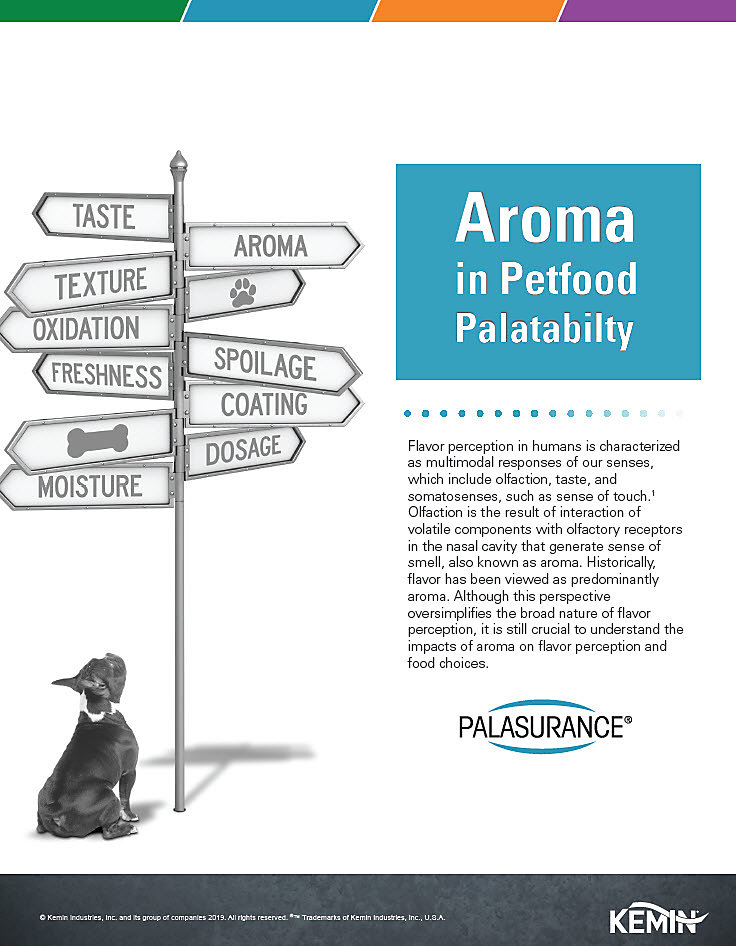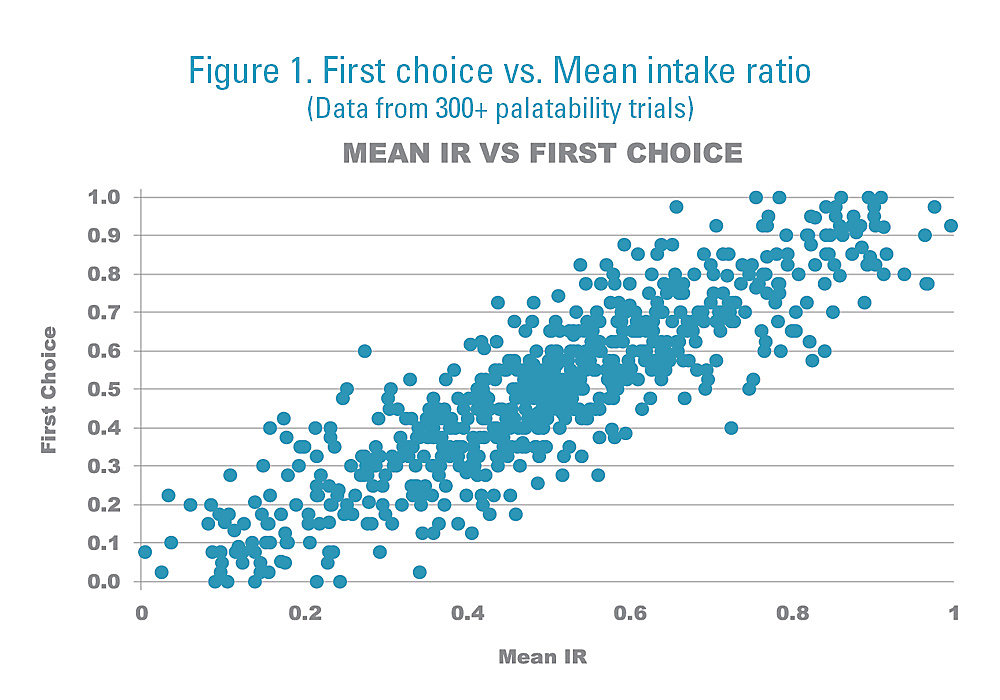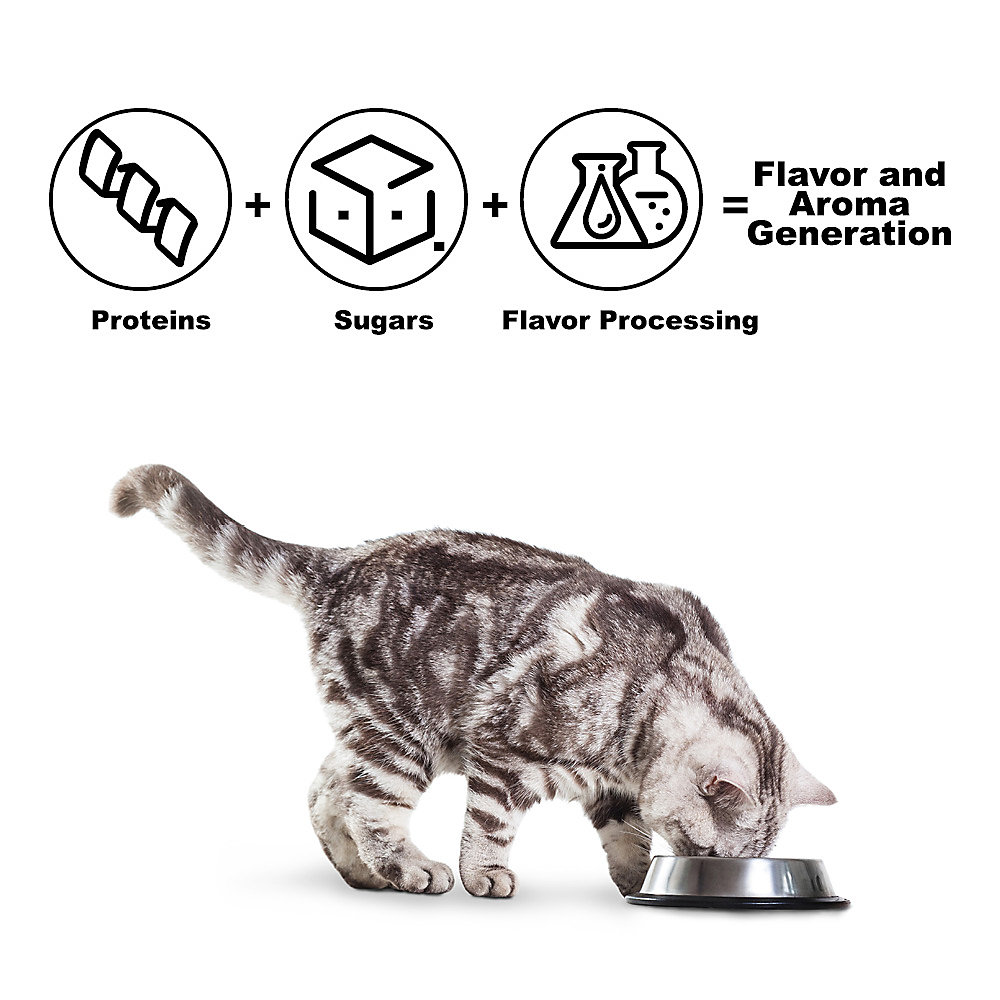Pets' Behavioral Signals
If a pet won't eat its food, that’s the end of the story. It doesn’t matter if the nutrition is balanced, the price is right, or the packaging and marketing claims are attractive enough to secure a first purchase.
Unlike humans, pets do not talk. They cannot “describe” why they like food A but not food B, or vice versa. Therefore, pet owners look for pets’ behavioral signals of accepting or rejecting the foods.




